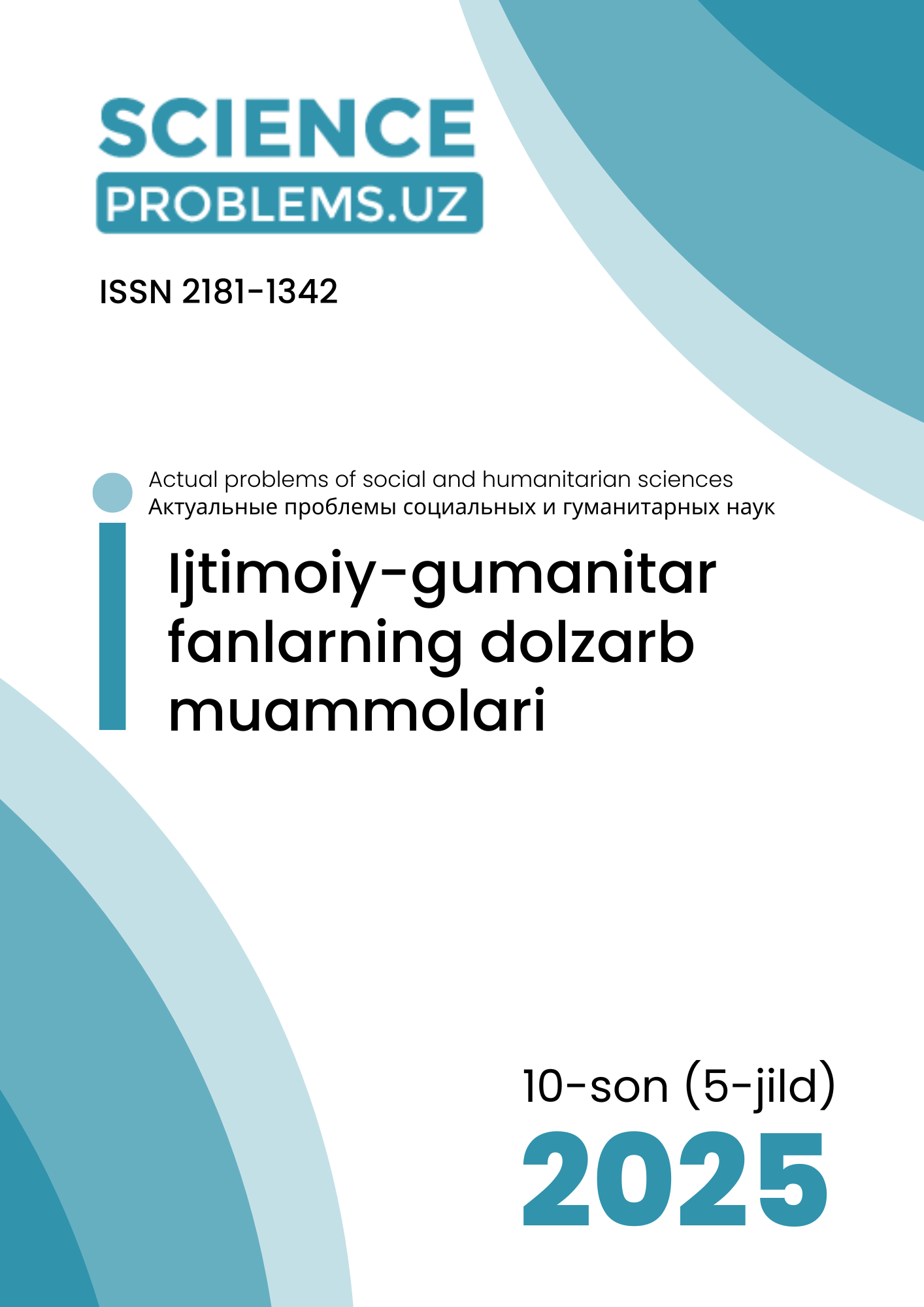GENDER-BASED DIFFERENCES IN THE USE OF PHRASEOLOGISMS IN ENGLISH AND UZBEK LANGUAGES
DOI:
https://doi.org/10.47390/SPR1342V5I10Y2025N55Keywords:
men, women, phraseologisms, sociolinguistics, gender, expressions, social roles, language.Abstract
The study of phraseological units uncovers their significant role in reflecting social and cultural variations in language use. This article investigates gender-based differences in the use of phraseologisms in English and Uzbek, focusing on their sociolinguistic, cultural, and pragmatic dimensions. Drawing on cross-linguistic and sociopragmatic research, we analyze how male and female speakers employ idiomatic expressions differently, reflecting gender roles, identity, and communicative preferences. This study emphasizes the importance of phraseologisms as markers of gender-based discourse, contributing to comparative phraseology, sociolinguistics, and cross-cultural communication studies.
References
1. Cameron, D. (1998). Gender, language, and discourse: A review essay. Signs, 23(4),p.p 945–973.
2. Coates, J. (2004). Women, men and language: A sociolinguistic account of gender differences in language. 3rd ed. London: Routledge.
3. Dobrovol’skij, D., & Piirainen, E. (2005). Figurative language: Cross-cultural and cross-linguistic perspectives. Amsterdam: Elsevier.
4. Holmes, J. (2013). An introduction to sociolinguistics. 4th ed. London: Routledge.
5. Kunin, A. V. (1996). Course in phraseology. Moscow: Vysshaya Shkola.
6. Lakoff, R. (1975). Language and woman’s place. New York: Harper & Row.
7. Tannen, D. (1990). You just don’t understand: Women and men in conversation. New York: Ballantine.
8. Wray, A. (2002). Formulaic language and the lexicon. Cambridge: Cambridge University Press.
9. Yuldasheva, D. (2018). Gender features in the use of Uzbek phraseological units. Journal of Uzbek Linguistics Studies, 12(2), p.p 55–67.
10. Zykova, I. V. (2017). Cross-cultural pragmatics and the interpretation of idiomatic meaning. Language and Culture, 9(3),p.p 22–36.








